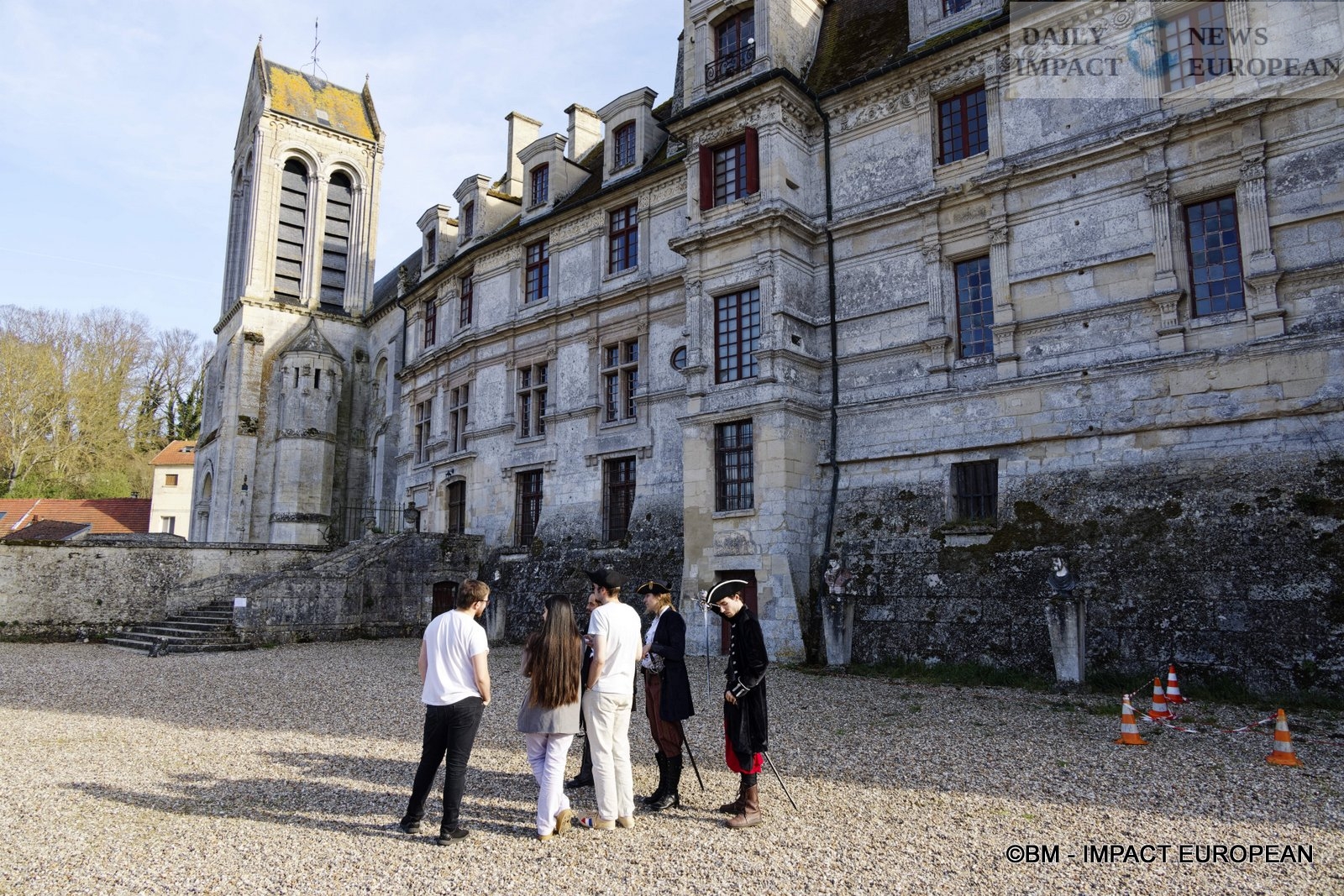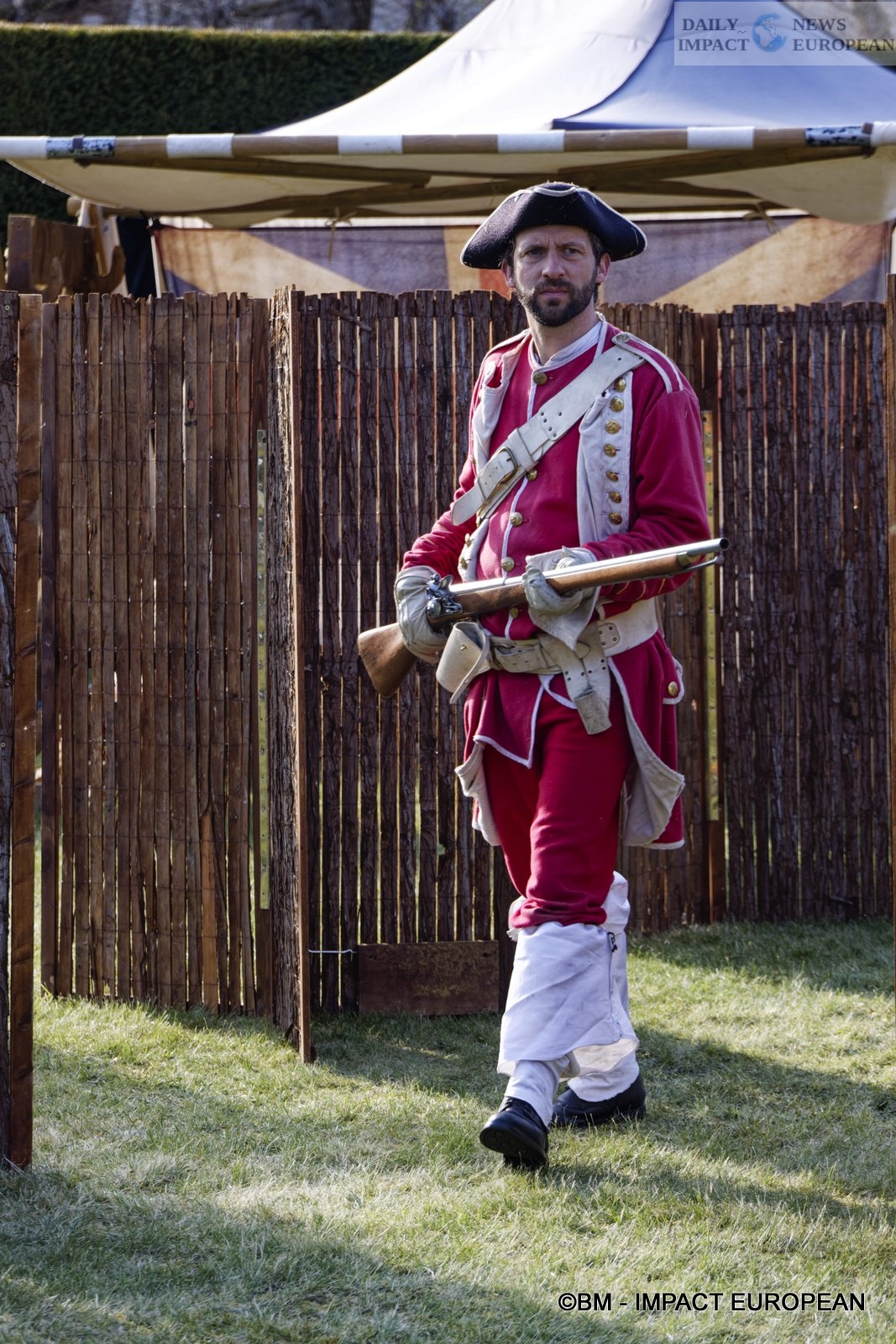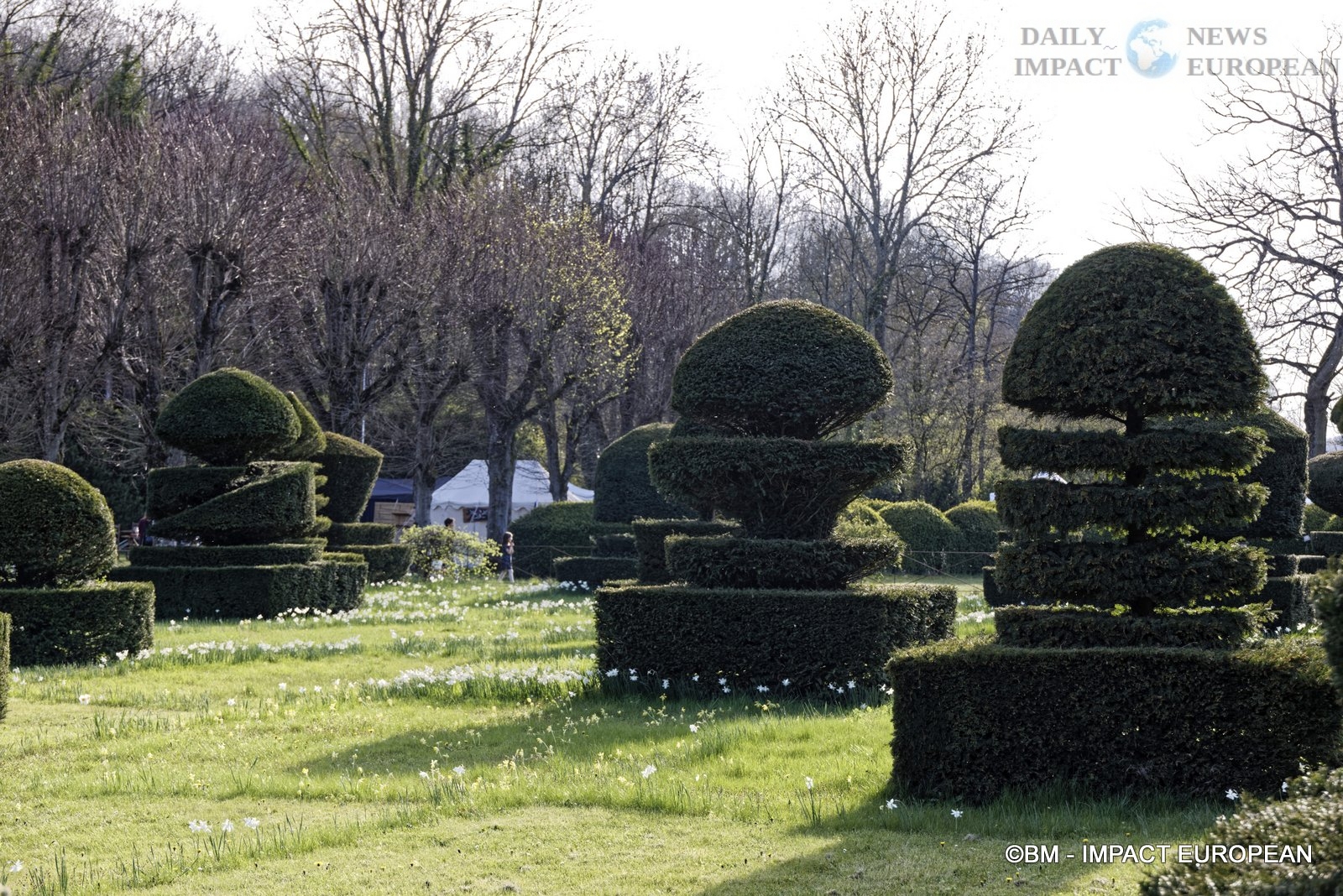The Vexin, a former French region extends to the north of the capital. It includes the French Vexin to the northwest of Ile de France and part of the Hauts de France, bringing together the departments of Val d’Oise (95), Yvelines (78) and Oise (60), and a part in Normandy, the Norman Vexin in the northeast of the department of Eure (27).
The name of Vexin comes from the name of the Gallic people of Véliocasses whose territory will become in Roman times a city of the province of Lyons administered by its capital Rotomagus (Rouen).
Located near Paris, the region offers many landscapes composed of cereal plateaus and green valleys, containing many castles and villages, witnesses of a rich past. You can also discover the characteristics of French Vexin at the French Vexin Museum at the Château de Théméricourt. To go back in time, nothing better than the archaeological museum of Val-d’Oise in Guiry-en Vexin and the archaeological site of Vaux-de-la-Celle with its theater and its Roman temple.
The French Vexin is rich in landscapes with its natural regional park which extends over 98 municipalities. In 2014, it was the first regional natural park to be labeled « Pays d’art et d’histoire by the Ministry of Culture and Communication. Its architectural heritage is not to be outdone, with its castles, churches and large agricultural estates Each village has one or more monuments (cross, mill, dovecote, washhouse, etc.) protected as historical monuments.
The French Vexin has no less than 80 castles among which Martainville, Vascoeuil, Gaillon, Bizy, Roche-Guyon, Ambleville, Boury, Gisors, Auvers-sur-Oise or Pontoise are the best known.
The domain of Ambleville
Ambleville is a town in the Val d’Oise located in the Vexin Natural Park. French, in the north of the capital. It is home to the Ambleville estate consisting of a castle of Renaissance architecture, surrounded by terraced Italian gardens, over an area of 4ha.
The castle
Attached to the village church, the castle and its gardens of Ambleville dominate the Aubette de Meulan valley.
Throughout the centuries, the estate has been marked by history.
Built on the site of a camp where Julius Caesar established himself 2,000 years ago, it was first a medieval castle inspired by a feudal fortress to resist Anglo-Norman attacks and belonged to the Templars d’Ambleville, an order of knight-priests abolished in 1315. It took on its Renaissance appearance after modifications in the 16th century, directed by the architect of Italian origin Jean Grappin.
Ambleville was founded by the Essarts who joined forces with the Mornays. The French ambassador under the Medici, Nicolas de Villeroy brings a Roman taste to the gardens. Later, Madame de Maintenon lived there with the children of Louis XIV. The castle was successively inhabited by the families of Labbé, Marolles, Gerville and today Villefranche.
Restored in 1893 by its new owner, the art dealer Charles Sedelmeyer, many paintings show fireplaces, Venetian balconies, the removed ceilings are replaced. The north facade is decorated with a cornice and a frieze of plants, narcissus, tulips and Roman roses, punctuated by fluted pilasters arranged asymmetrically.
In 1928 the Marquise de Villefranche bought the castle for the statues in the park, acquired at the sale of the Villa d’Este, which decided her to renovate the gardens. His granddaughter Stéphanie de Villefranche, Countess Roland Lepic took over until 2001.
The castle was listed as a historic monument on June 4, 1926 and classified on June 20, 1945. The surrounding and common gardens have been listed in the inventory of Historic Monuments since. In 2007, we received the Prix Villandry de la Demeure Historique. The EBTS European grand prize was awarded to us in 2014. In 2015 and then 2016, Ambleville was honored with a * in the Michelin Green Guide.
The gardens
The gardens of Ambleville are also listed as historical monuments, and have received the « Remarkable Garden » label. They are composed of 4 terraces whose structure dates back to the time of the Renaissance.
Restored by the Marquise de Villefranche and the Salviati-Borgheses, after the purchase of the estate in 1928, they included 3 terraces inspired by Italian art but reminiscent of French gardens: The food garden or vegetable garden, The terrace inspired by the painting of Mantegna « vices and virtues » and a chessboard. The new owners had the missing parts of the garden reconstructed according to old photographs: The fourth terrace called the water staircase. The pipes have been redone, the stone steps replaced and the water restored.
We can now walk in the secret garden composed of 4 squares of white and black tulips where the statue of Neptune dominates the peliduve of horses; the greenhouse garden, made up of 24 squares of peonies, helllebores and black tulips; the garden of the sun whose rays are cut in boxwood replanted according to a design from the Louis XIV period; the garden of the eye consisting of a boxwood alley going from the terrace to a pond where a kneeling statue of Atlas sits; and the Moon Garden, inspired by that of the Villa Gamberia in Florence with a hemicycle of clipped yew trees which houses 8 bronze statues.
Visits
You can visit the castle every day except Monday, in July (except the 29th) and in August. Guided tours at 10:30 a.m., 3 p.m. and 4:30 p.m. Open only on weekends in September from 2 p.m. to 5.30 p.m. (guided tour at 3.30 p.m.)
The gardens are accessible from 10 a.m. to 12 p.m. and from 2:15 p.m. to 6 p.m. Price: 6€
Price of visits to the castle and gardens: 9€
CHATEAU AND GARDENS OF AMBLEVILLE
1 street of the town hall
95710 Ambleville
Tel: 06 08 87 06 72
E-MAIL: info@chateauxetjardins.com
Share this content:




































Plus d'histoires
The Sandman’s Daughter ice show
Île-de-France’s “Chanté Nwèl” Lights Up Saint-Ouen with Caribbean Warmth
Eternal Tribute to CitéStars’ Stars